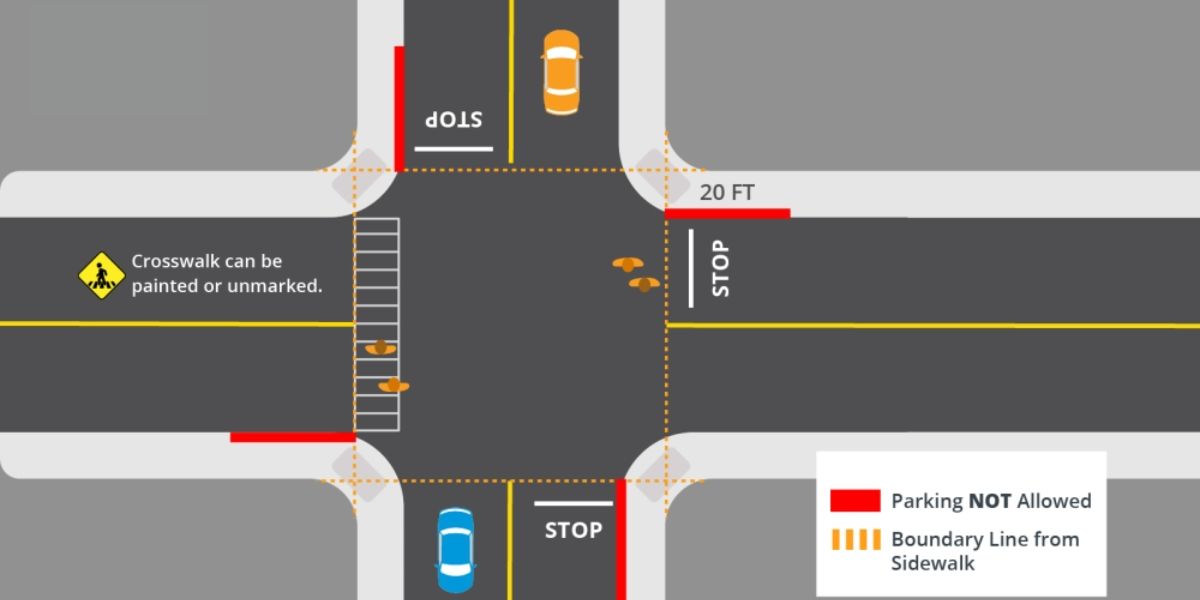States are enacting new “daylighting” laws. This policy refers to legislation that improves traffic safety by prohibiting parked cars from blocking pedestrian crossings at intersections.
In order for cars to be aware of these crossings and to safeguard pedestrians crossing the road, it is unlawful to park within a specific distance of them.
For optimal visibility, cars should not park 20 to 25 feet from a junction, according to the National Association of City Transportation Officials’ recommendations for daylighting rules.
Additionally, they advise that curb extensions or other visible physical features, such plants, granite blocks, or bike sharing stations, be used to further discourage parking close to these crossings.
The DMV in California imposes new fines on a certain set of drivers
Beginning in January of this year, the California Department of Motor Vehicles (DMV) recently stated that it would start enforcing daylighting laws at California junctions. But the law didn’t take effect for San Diego residents until March.
Many residents of San Diego were apparently unaware of the abrupt change and were taken by surprise. The recent modification is only one of several important initiatives and developments the state is witnessing.
Drivers who park within 20 feet of the near side of any designated or unmarked crosswalk may now face fines of up to $117 under the new law.
California State Assembly Bill 413 states that these regulations are applicable even in the absence of signage announcing the new legislation. San Diego police have already collected more than $600,000 in fines for breaking this new law since the beginning of March and the end of May.
Read Also: New Medical Certification Rule for Drivers Takes Effect June 23 in Alabama
The city intends to paint the curbs around intersections red to serve as a reminder to drivers of the law. Many locals still feel caught off guard by the abrupt imposition of fines, though.
There are additional laws in place to prevent traffic accidents
Other recent state-level legislation aimed at ensuring the safety of pedestrians and other road users has mostly addressed automated camera use and speeding.
Building greater public-law enforcement trust has also been linked to other initiatives to boost road safety. The implementation of rules that guarantee adherence to traffic regulations is crucial, but so is the implementation of policies that give citizens confidence in law enforcement and encourage them to report lawbreakers.
For instance, police in Washington State are thinking of outlawing traffic stops for nonmoving infractions. This is because the public is becoming more concerned that these stops lead to police bias, whereby particular people—particularly non-white drivers—are singled out by the police.
Although the House Committee is still reviewing the abolition of this practice in the state, it would take effect in 2026 if it were approved and signed into law.



